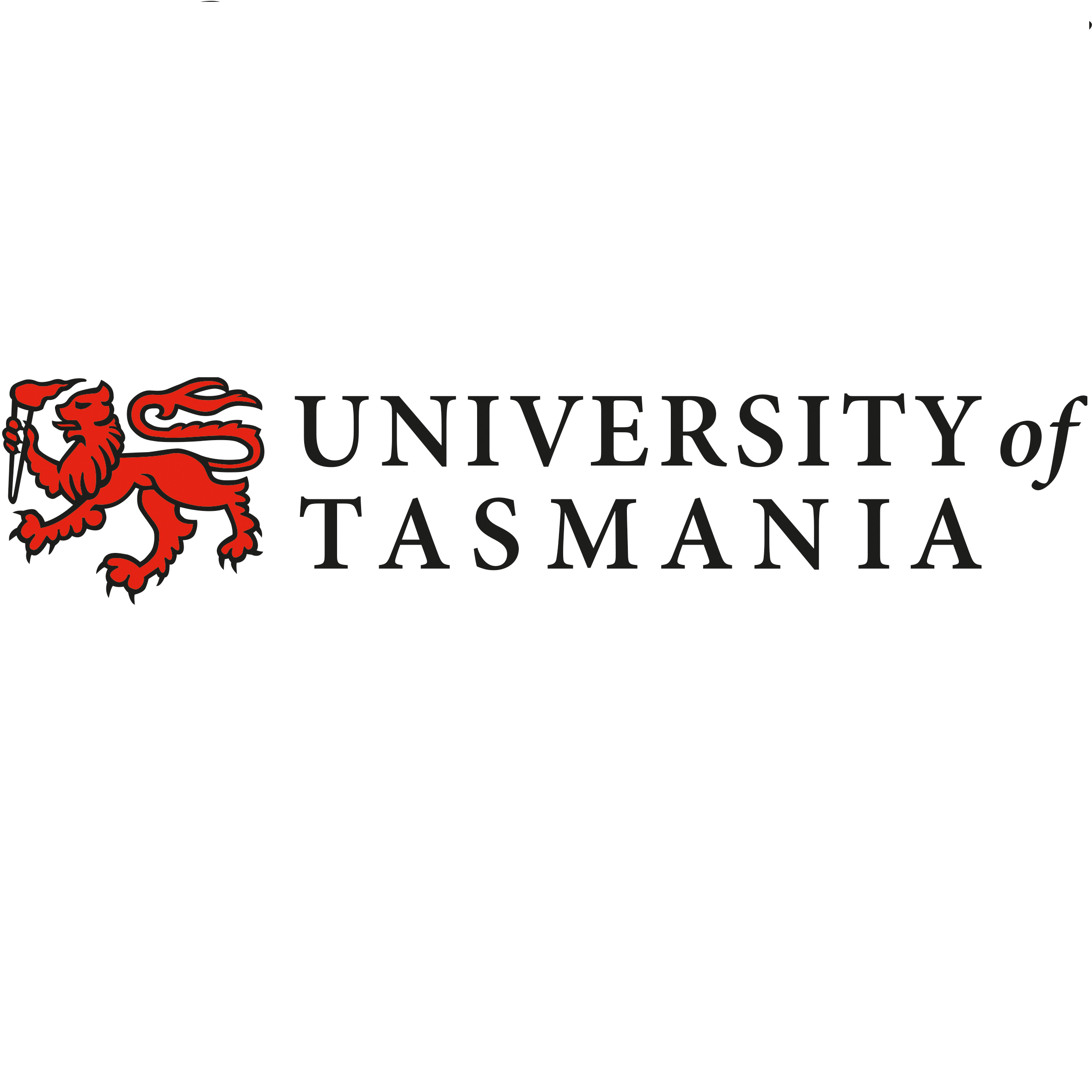Full description
Seagrass beds are a dominant marine ecosystem of Tayaritja (the Furneaux Group of Islands) in the north-eastern waters off Tasmania. Historical coarse mapping has indicated extensive beds of Posidonia, Amphibolis, Heterozostera, and Zostera species, potentially comprising some of the largest and deepest seagrass extents found in temperate Australian waters. However, limited data on the distribution and ecological value of these seagrass habitats represents a significant knowledge gap in understanding Australia's wetland natural assets.This project mapped the extent, ecological composition, population structure, and blue carbon value of seagrass beds around Tayaritja, in partnership with the Tasmanian Aboriginal Centre. The study area focused on the coastal waters surrounding Flinders Island in the western Furneaux Group, with mapping extending from the high tide line to the depth limit of reliable optical detection (approximately 30 m), based on analysis of field data and satellite imagery capabilities in the region.
This record specifically describes the benthic mapping component of the study. See https://doi.org/10.25959/WRXK-KV06 for imagery annotation data from the field validation campaigns.
A combination of close-range remote sensing methods was used to map the extent and ecological values of seagrass beds. The approach developed through this study contributed to the creation of the NESP Standard Operating Procedure (SOP) for Seagrass Mapping using Optical Remote Sensing (https://sustainabledevelopmentreform.github.io/nesp-sop-seagrass-mapping)..
High-resolution satellite imagery from Sentinel-2 (10 m) sensors, combined with bathymetric LiDAR data and oceanographic variables, was used to map baseline seagrass extent and composition. A field campaign deployed a Benthic Observation Survey System (BOSS) and unBaited Remote Underwater stereo-Video system (stereo-uBRUV) at approximately 400 locations to validate remote sensing outputs. From these data, maps were produced showing the extent and coverage of seagrass, sand, and macroalgae, and where possible, seagrass species composition, subject to water depth and clarity constraints.
See the "Lineage" section of this record for full methodology.
Three key types of mapping products were developed:
---Occurrence probability maps---
Continuous probability surfaces (0-100%), modelled from presence/absence data, indicating the likelihood of habitat presence at each pixel for:
• Seagrass (all morphologies; > 5% cover observed in underwater field imagery)
• Macroalgae species/assemblages
• Sand
---Habitat percentage cover maps---
Quantitative estimates of percent cover for each habitat category:
• Seagrass (all morphologies)
• Macroalgae species/assemblages
• Sand
---Derived products---
• Baseline binary presence/extent maps derived from optimised probability thresholds:
○ Seagrass: sgprob > 0.5 & sgprob > macroprob & sandcover < 0.9
○ Macroalgae: macroprob > 0.5 & macroprob > sgprob & sandcover < 0.9
○ Sand: sandprob > 0.5 & sandcover < 0.2
• Predicted seagrass species composition of binary extent map.
• Fractional cover visualisation: combining cover percentages of multiple habitats into a single composite product
• Composite habitat maps: combining binary habitat extents and delineating mixed habitat classes
These complementary products serve different purposes: probability maps provide confidence measures, extent maps delineate habitat boundaries, percent cover maps support quantitative analysis of habitat density patterns, and composite habitat maps represent the diversity of mixed habitat classes. Together, they provide a comprehensive understanding of seagrass and associated habitat distribution across the study area.
Lineage
Maintenance and Update Frequency: none-plannedNotes
CreditNESP Marine & Coastal Hub
Data time period: 2020-01-01 to 2023-12-31
text: uplimit=30; downlimit=0
User Contributed Tags
Login to tag this record with meaningful keywords to make it easier to discover
(DATA ACCESS - derived products (binary habitat extents, seagrass species composition, composite habitat map))
uri :
https://data.imas.utas.edu.au/attachments/08067a15-2615-4b3e-9b04-23f6a08abb75/derived![]()
(DATA ACCESS - probability of occurrence for each habitat class)
(DATA ACCESS - percent cover for each habitat class)
uri :
https://data.imas.utas.edu.au/attachments/08067a15-2615-4b3e-9b04-23f6a08abb75/percent_cover![]()
(DATA ACCESS - fractional cover detection products (multiband probability and % cover for all habitat classes))
uri :
https://data.imas.utas.edu.au/attachments/08067a15-2615-4b3e-9b04-23f6a08abb75/raw![]()
(Vector mask of field-validated vs unvalidated regions of the prediction area (.shp))
MAP - Fractional cover of all habitats (MaC_3_6_Furneaux_fractionalcover)
uri :
https://geoserver.imas.utas.edu.au/geoserver/NESP/wms![]()
MAP - Seagrass baseline extent (binary) (MaC_3_6_Furneaux_seagrass_extent_mask)
uri :
https://geoserver.imas.utas.edu.au/geoserver/NESP/wms![]()
MAP - seagrass probability of occurrence (MaC_3_6_Furneaux_proboccurrence_seagrass_mask)
uri :
https://geoserver.imas.utas.edu.au/geoserver/NESP/wms![]()
MAP - seagrass percent cover (MaC_3_6_Furneaux_perccover_seagrass_mask)
uri :
https://geoserver.imas.utas.edu.au/geoserver/NESP/wms![]()
MAP - dominant seagrass species (MaC_3_6_Furneaux_domspecies_seagrass)
uri :
https://geoserver.imas.utas.edu.au/geoserver/NESP/wms![]()
MAP - combined benthic habitat map (MaC_3_6_Furneaux_habitat_combined_mask)
uri :
https://geoserver.imas.utas.edu.au/geoserver/NESP/wms![]()
(View & explore mapping products in Seamap Australia)
uri :
https://seamapaustralia.org/map/#9d83b272-083b-4fbc-ba21-d3fb84efc0fa![]()
(View underwater imagery (BOSS, uBRUV) on Squidle+)
uri :
https://squidle.org/geodata/explore/img?filters={"campaign_ids":[967,1106,1138]}![]()
(Standard Operating Procedure for Seagrass Mapping using Optical Remote Sensing: NESP 3.6 Case Study)
global : 436e10ed-3322-494c-93a3-3bdf3405c045
ror :
00arpt780![]()
ror :
02czsnj07![]()
ror :
02czsnj07![]()
ror :
03r8z3t63![]()
ror :
00arpt780![]()
ror :
00arpt780![]()
ror :
00arpt780![]()
ror :
00arpt780![]()
ror :
00arpt780![]()
ror :
02czsnj07![]()
ror :
02czsnj07![]()
ror :
00arpt780![]()
ror :
02czsnj07![]()
- global : 08067a15-2615-4b3e-9b04-23f6a08abb75
- DOI : 10.25959/E4S6-GE74



